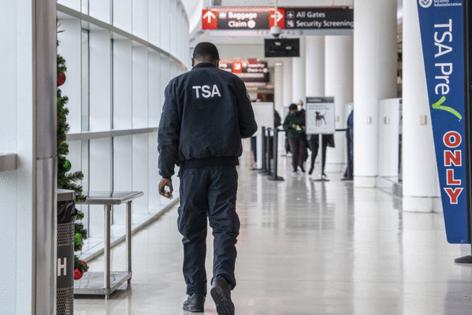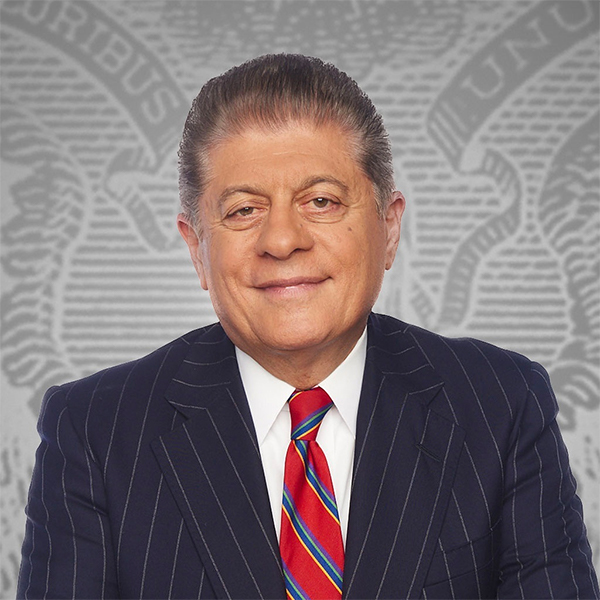EPA, DOE employees face layoffs; aviation staffing worsens
Published in Political News
WASHINGTON — Federal workers are starting to feel the pinch of the partial government shutdown as the Trump administration implements workforce reductions across the EPA and Energy Department and essential aviation workers go without pay.
The administration said Oct. 10 that it plans to lay off 20 to 30 employees at the EPA and 187 at the DOE, according to a court filing, which noted that the numbers are subject to change. That’s in addition to about 4,000 layoffs implemented by the administration at EPA earlier this year, as well as those who took an option to voluntarily resign.
Meanwhile, essential aviation workers such as air traffic controllers — a workforce already facing staffing shortages — will get their last paycheck this week, National Air Traffic Controller Association President Nick Daniels said over the weekend.
“It was a partial paycheck. It’s either hitting their direct deposit on Friday, or they’ll get it on Tuesday,” Daniels told MSNBC. “They’re starting to text saying, ‘Okay, myself and my husband are air traffic controllers. We have zero income for our family now and two children. One of us is going to start driving Uber on the side.’”
As the partial government shutdown enters its third week, senators remain at an impasse on legislation to reopen. Republicans are pushing Democrats to pass a “clean” extension of government funding and Democrats say GOP leaders have refused bipartisan negotiations over other issues that would get them behind legislation to reopen the government.
“If the Democrat shutdown continues, though, more Americans won’t see a paycheck at the end of this month. Benefits like SNAP will be put at risk,” House Majority Whip Tom Emmer, R-Minn., said Tuesday. “Airports will be flooded with flight cancellations and delays amid the busiest time to travel all year. And the list goes on and on.”
Previous shutdowns, including the 35-day, 2018-2019 partial government shutdown during President Donald Trump’s first term, didn’t result in any reductions in force. Workers deemed essential — due to duties that included protecting life and property — remained on the job and those deemed nonessential were furloughed. All received back pay once funding was restored, a practice that was codified in a 2019 law.
The Trump administration, however, has treated this shutdown differently. The Energy Department canceled $7.6 billion in clean energy funding on the first day and froze Transportation Department funding, both of which Office of Management and Budget Director Russ Vought suggested was in retribution for Democratic senators blocking the motion to proceed to a the House-passed continuing resolution.
“It’s unfortunate that Democrats have chosen to shut down the government and brought about this outcome,” an EPA spokesperson said in a statement on Oct. 10. “If they want to reopen the government, they can choose to do so at any time.”
As with the canceled Energy Department funding, the reductions in force are a policy the Trump administration has implemented outside the government shutdown. EPA Administrator Lee Zeldin announced his intent for further restructuring and firings at the agency over the summer, including the elimination of the Office of Research and Development.
“When they tell you that the shutdown is making them fire these federal employees, do not believe it for a moment. That is a big lie, it is a big fat lie,” Sen. Chris Van Hollen, D-Md., said at a Tuesday news conference. “It is also illegal, and we will see them in court.”
Democrats and unions representing government employees said the firings would likely violate the law known as the Antideficiency Act, which prohibits spending funds not appropriated by Congress. Conducting reductions in force isn’t work agencies can undertake during a lapse in appropriations, they say.
Air travel
Air traffic controllers, Transportation Security Administration agents and other aviation safety workers considered essential are approaching their first missed paycheck as the shutdown begins its third week, increasing the likelihood that they won’t report to work.
Transportation Secretary Sean Duffy said last week he expects more air travel delays and disruptions as the shutdown drags on.
“Normally, about 5% of flight delays are because of staffing shortages. In the last few days, that number has jumped to 53% because of understaffing,” Duffy told Fox News last week.
Duffy added that the airspace is still safe but the FAA will be forced to halt service in some airports if air traffic control towers are understaffed. The FAA’s Monday air traffic control report, however, said weather is still the major cause of current delays.
NATCA, the air traffic controller union, said on its website that it doesn’t endorse federal employees participating in any “coordinated activity that negatively affects the capacity of the [national airspace].”
Duffy also warned last week that an extended shutdown threatens an FAA program that provides air service to rural airports. The lapse in that service was initially expected to go into effect over the weekend, but the DOT said several days after Duffy’s warning that it reallocated funding to the program to keep it running into early November.
TSA agents are also expected to continue to work without pay. A TSA spokesperson said 61,000 of the agency’s 64,000 employees are affected, adding TSA hasn’t experienced any delay in operations due to callouts.
“While TSA is prepared to continue screening about 2.5M passengers a day, an extended shutdown could mean longer wait times at airports,” the spokesperson said. “Despite this challenge, we will remain vigilant and focused on performing our vital security mission on behalf of the American people.”
©2025 CQ-Roll Call, Inc., All Rights Reserved. Visit cqrollcall.com. Distributed by Tribune Content Agency, LLC.
























































Comments